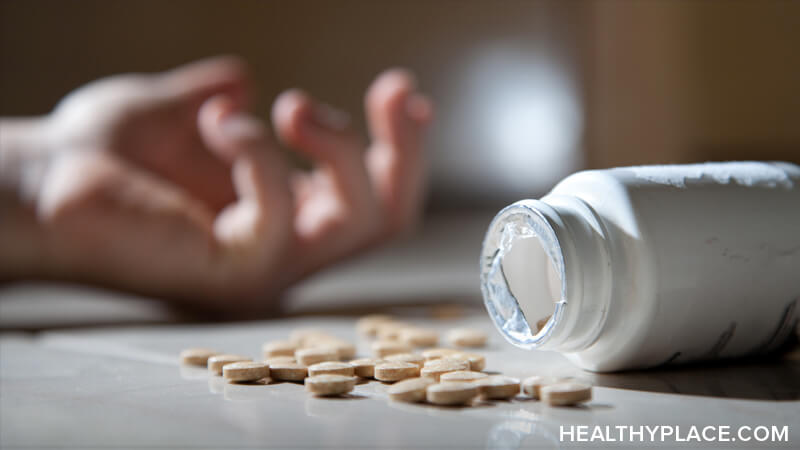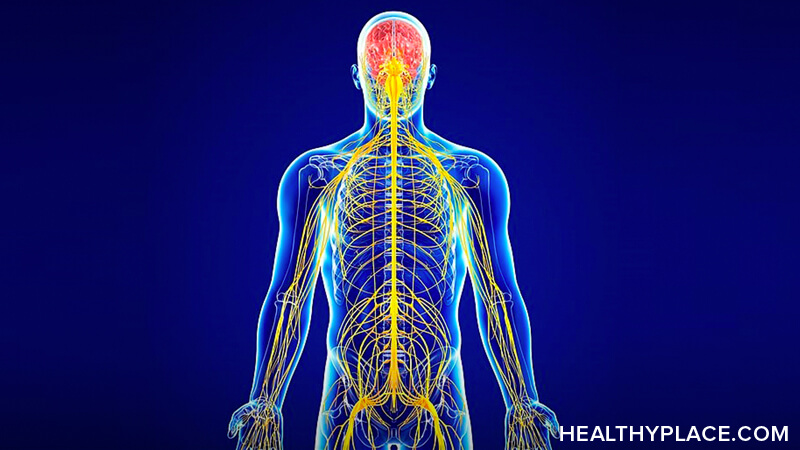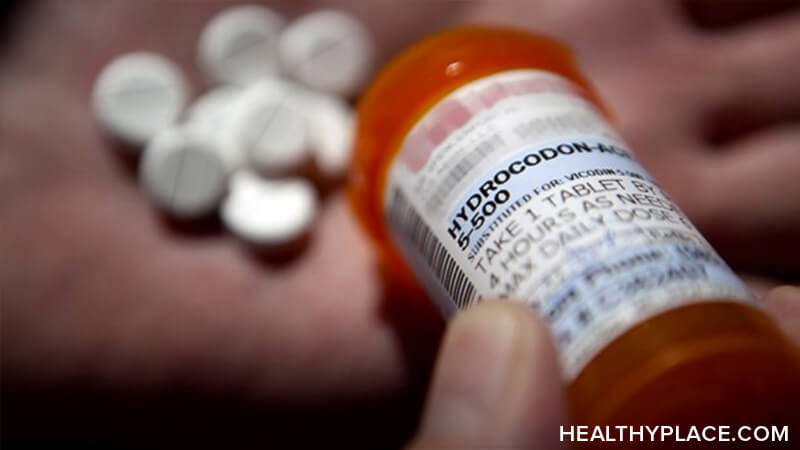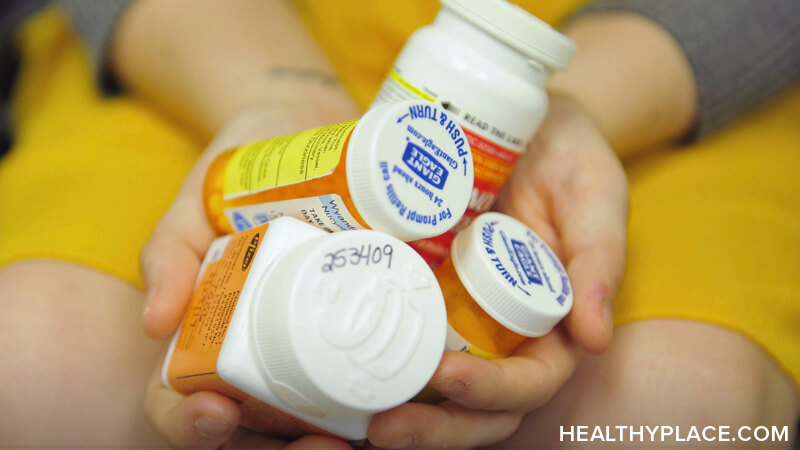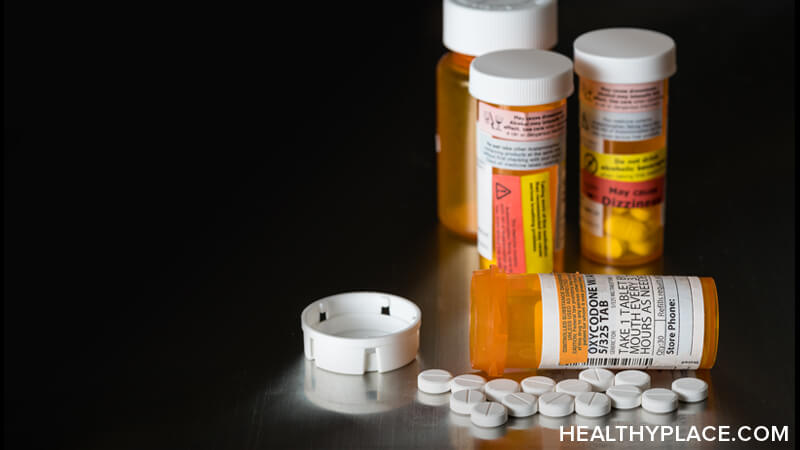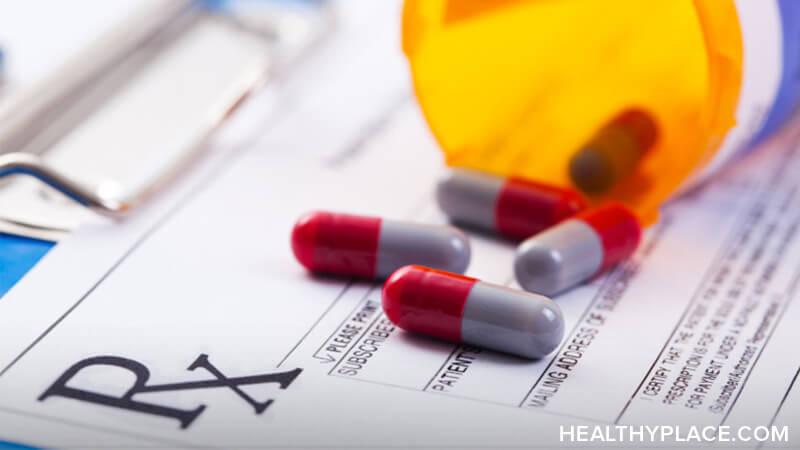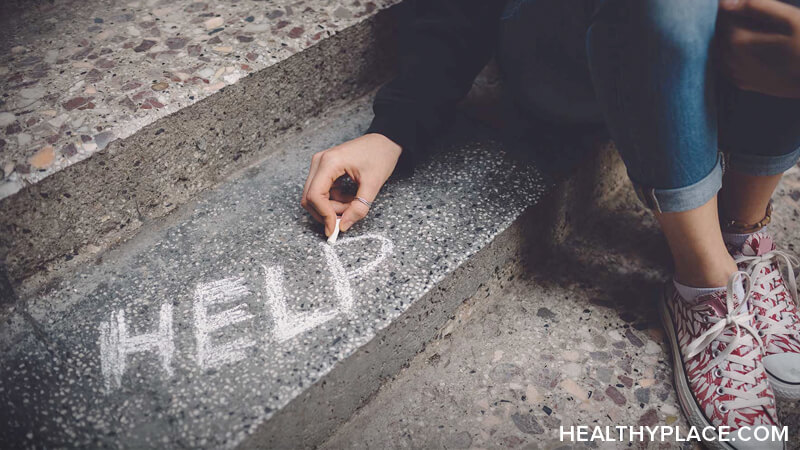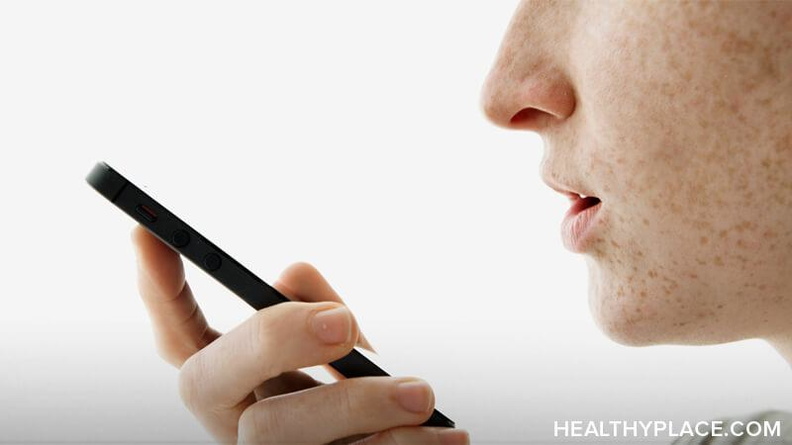Most people are not in the mood for sex twenty four hours a day, seven days a week. Sometimes people get sick, tired, stressed out or simply don't have time. This is normal. However, if the feeling of not wanting sex persists, you might be experiencing a sexual aversion.
Sexual aversions can occur when:
- You are with the a person for the wrong reasons (e.g. obligation)
- You and your significant other are fighting and you do not feel emotionally close
- You dislike the way the person smells or looks
- You have trouble teaching a person how you like to be touched
- You are experiencing flashbacks of sexual trauma
If you are experiencing a sexual aversion to your partner, talk to him/her about it. Most sexual aversions can be worked through with good communication skills. What you may soon realize is that what you thought was a sexual aversion, was simply you and your partner had forgotten the importance of seduction. Without seduction, people often don't feel sexy, or in the mood.
Tips on Seduction
SEDUCTION
Good sex is frequently determined within the first few minutes even before the act. Yet, the topic of mood and atmosphere is not often deemed worthy enough warrant a discussion. Thus, in the stereotypic world, where men are supposed to initiate the process of seduction, one must wonder, how do they learn? What should they do, what happens when some men do not like the role of instigator, or feel uncomfortable with a woman's initiation, or are just plain confused. Getting the ball rolling is not always such an easy task.
This brings us to the next question, what exactly is meant by, seduction, initiation, and getting the ball rolling? Seduction, often conjures up bad connotations. Does seduction refer to a man telling a woman everything he thinks she wants to hear for the sole purpose of sex? This form of seduction could hurt. The word initiation might refer to a person trying to make the first contact. Lastly, getting the ball rolling may speak to the setting of boundaries. Interestingly, all these terms box men in. Women want honesty, yet complain when things are too direct, they want romance. They do value having the stage set, the process of wanting him, in other words seduction - which brings us back to square one. It almost seems like a vicious cycle!
According to sex therapist and author Dr. Bernie Zilbergeld, one way around this difficult situation is to think of this beginning process more of as an invitation. Invitations are something that most people are quite comfortable. Imagine how you ask others to join you for a walk, a bike ride, the movies, breakfast, shopping, or even just a conversation. An invitation sounds nice to most people. Most people enjoy being asked to participate in something? An invitation implies that the other person has the option to accept or decline. This is something that is fun for both people. In this situation, neither person has more control over the other person's action. Imagine a scene, where you are being cajoled into accepting an invitation to breakfast, shopping, the movies. Don't you enjoy having your partner sweeten the deal by describing in great depth, the most scrumptious waffle that this cafe serves, or how it is really a favor that they are doing for you by extending the invitation to this most luscious meal or even how it is so critical to their well-being, that you attend, and to prove it, they will pay. In these instances, there are often few dire consequences to either person if the invitation is rejected. How many women have you ever heard about being tide up and brought out to an elegant dinner, or shot to death because they were not in the mood to go to the movies? Yet, when it comes to sex, everything changes. Invitations turn to power & control problems. Communication stops.
According to Dr. Zilbergeld there are three important aspects to sexual initiation, or in this case sexual invitations:
"Willingness to extend an offer of something exciting to come: the actual invitation or seduction"
"Willingness to be rejected"
"Building of arousal"
The key aspect of extending an offer of something exciting to come: the actual invitation or seduction is to illicit desire, excitement and arousal, yet there is no one correct way to invite. Everyone reacts slightly differently. What turns one person on, may turn the next person off. People are all different. In fact, what works one day, with the same person may fail the next day. However, even with all these unknowns, there is one helpful rule to keep in mind. Invitations are most likely accepted when both people feel good about the relationship. In other words before trying to seduce your partner to bed, try to establish a connection with him/her. This might mean engaging in a meaningful conversation.
You could do this by exploring how the person's day was, asking them how their big meeting went, appreciating the fact that they did your dishes, or simply cuddling and saying how lucky you feel to have met her/him. The most direct thing you could ever say is "would you like to make love". This is simple and direct. The enticement would come from her mind. If she is in a similar state of mind, the two of you are in luck. Remember that at all times she is free to accept or to reject. You are merely inviting her.
However, on your end, you have not done much to entice her, thus the chances of her saying 'No' are greater. To increase her desire, pay attention to your language and gesture. To increase her excitement, try the following:
To increase a woman's excitement (or man's) try the following:
- Look online at sex toys together, or wander throughout your house looking for items that you could use as toys.
- Talk about what turns each of you on.
- Reminiscent with your partner about a sexual adventure that the two of you had that turned you on
- Begin by massaging her hand. Bring her fingers to your mouth. Kiss the back side, then the front. Let your tongue linger. Continue massaging. Nibble on her fingertips, slowly taking her whole finger into your mouth.
- Massage her head. Play with her hair. Run your hands through her flowing hair. Slightly pull on it, as if you were putting her hair into a ponytail, massage the back of her neck as if you were making love to her.
- Rub her temples. Let your let your fingers wander over her eyebrows, down her nose, follow the ridge of her lips, slowly bend down and kiss her forehead, continue to massage her. Let her feel your longing gaze.
- As her head lays in your lap, back flat on the ground, rub your hands along the muscles directly around her clavicle bones. Massage her sore muscles, touch her outer shoulders, let your hands occasionally wander near her breasts - but avoid touching her nipples at all cost.
- Make her want you, make her feel so excited that she can not but help herself to grab your hands and place them directly on her. This is all about desire and anticipation.
- There is also simple kissing. Kissing that starts off slow and easy, which slowly builds up speed and intensity. Very few people actually complain of too much kissing. Too much mood building. Too much anticipation. Half of good sex is attitude. Remember back in the days when you had never had sex, and were kissing your first love for the first time.
Kissing was super exciting. It may have felt like the gateway to everything else. Kissing was new, and for many lasted for hours on end. The kiss signified the beginning of an adult sexual relationship. This may not have been everyone's experience, but I think it is safe to say that for most people, the first kiss ever felt memorable and exciting. Please note, while very few people ever feel like they have overdosed on kissing, there is a time and place for fast hard passionate sex - that just does not include much kissing.
Again, having just done all this 'work' to entice her, she still may say 'No'. The idea of the other person being free to accept or reject brings us to the second important aspect of sexual initiation. The willingness to be rejected and not take it personally. Sometimes, people are just not in the mood. Maybe they are stressed out from work, enjoying their TV program, looking forward to sleep, hungry or just finished masturbating and are feeling sore. Sometimes a No simply just means No, and has no reflection on the person doing the asking.
Written by Alex Robboy, MSW, QCSW, LCSW,CAS
"Alex" Caroline Robboy has been practicing therapy for over a decade. In 1996, she began specializing in sex therapy. Since that time she has published in journals and magazines, lectured to healthcare professionals and been featured in several national periodicals and books. Currently "Alex" Caroline Robboy practices couples counseling and sex therapy in Philadelphia, Pennsylvania.
"Alex" Caroline Robboy earned her Masters in Social Work, a Certificate of Advanced Studies in Human Sexuality Education and a Post-Masters Certificate in Marriage Counseling & Sex Therapy from the University of Pennsylvania. Alex Robboy is an American Association of Sex Educators, Counselors and Therapist certified sex therapist, and an American Board certified sexologist.
